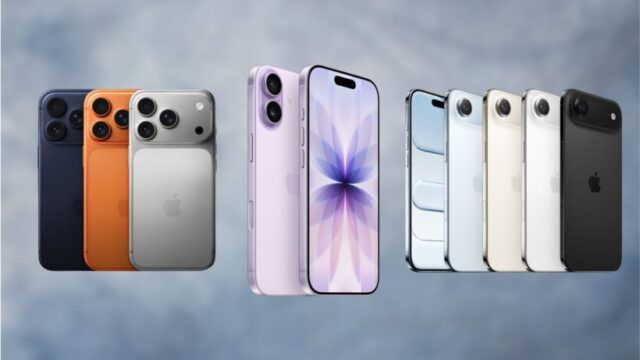In its annual hardware launch event, Apple unveiled heaps of new products from the new AirPods Pro 3 to the long-awaited iPhone 17 series.
Apple also introduced the new iPhone Air, an impressively thin and lightweight handset that echoes the likes of the iPad Air and MacBook Air.
While many of us were concerned that the iPhone Air would lack the premium features of its counterparts, Apple has actually packed the 5.6mm thick phone with plenty of top-end tools to ensure the device deserves its £999/$999 price tag.
One of these tools is the inclusion of the N1 chip, which is also found among the entire iPhone 17 series, including the iPhone 17 and iPhone 17 Pro. But what is the purpose of N1 and how does it work?
We explain everything you need to know about Apple’s N1 chip below. For more from Apple’s Awe Dropping event, our iPhone 17 Pro vs iPhone 17 and iPhone Air vs iPhone 17 guides will explain more about the differences between the lineup.
What is the N1 chip?
The N1 chip is a new Apple-designed wireless networking chip that’s found within the new iPhone 17 series. Apple explains that the N1 chip enables the running of up-to-date technologies such as Wi-Fi 7, Bluetooth 6 and Thread for smart home devices.
That’s not all the N1 chip enables. In fact, Apple promises N1 improves the overall performance and reliability of the iPhone 17 series, within features like Personal Hotspot and AirDrop, which is a promising update.

Which devices feature the N1 chip?
At the time of writing, it’s only the iPhone 17 series that’s fitted with the N1 chip which includes:
- iPhone 17
- iPhone Air
- iPhone 17 Pro
- iPhone 17 Pro Max
We can expect the N1 chip will become a new standard for Apple, and perhaps even find its way into the iPad series too, but we’ll have to wait and see.
The post What is Apple N1? The iPhone 17’s new chip explained appeared first on Trusted Reviews.











